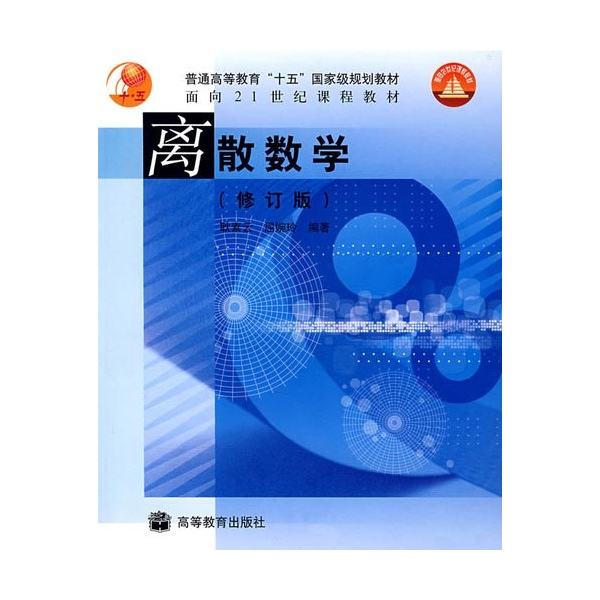We prove that the stack-number of the strong product of three $n$-vertex paths is $\Theta(n^{1/3})$. The best previously known upper bound was $O(n)$. No non-trivial lower bound was known. This is the first explicit example of a graph family with bounded maximum degree and unbounded stack-number. The main tool used in our proof of the lower bound is the topological overlap theorem of Gromov. We actually prove a stronger result in terms of so-called triangulations of Cartesian products. We conclude that triangulations of three-dimensional Cartesian products of any sufficiently large connected graphs have large stack-number. The upper bound is a special case of a more general construction based on families of permutations derived from Hadamard matrices. The strong product of three paths is also the first example of a bounded degree graph with bounded queue-number and unbounded stack-number. A natural question that follows from our result is to determine the smallest $\Delta_0$ such that there exist a graph family with unbounded stack-number, bounded queue-number and maximum degree $\Delta_0$. We show that $\Delta_0\in \{6,7\}$.
翻译:我们证明3美元顶点路径的强大产物的堆叠数是$Theta(n ⁇ 1/3})$。 我们的结论是, 任何足够大相连接的图形的三维碳酸盐产品的三维配方是大堆数。 不存在非三维下下界。 这是以来自 Hadamard 矩阵的轮廓为主的图形式组合的第一个清晰例子。 我们用来证明下端框的主要工具是 Gromov 的表层重叠理论。 我们实际上证明在所谓的Cartesian 产品的三角配方方面的结果更强。 我们的结论是, 任何足够大相连接的图形的三维碳酸盐制品的三角配方是大堆数。 上界是一个特殊的例子, 是一个基于来自 Hadamard 矩阵的轮廓的更一般构造。 三个路径的强大产物也是以约束队列编号和未绑定的堆叠数的捆绑度图形的第一个例子。 我们从结果中得出的一个自然问题是如何确定最小的 $\ D$, 如此, $_ d_ d_ drow_ drow_ drow_ drow_ drow_ shall_ we shalxxxxxxxxxxxxxxxxxxxxxxxxxxxxxxxxxxxxxxxxxxxxxxxxxxxxxxxxxxxxxxxxxxxxxxxxxxxxxxxxxxxxx_xxxxxxxxxxxxxxxxxxxxxxxxxxxxxxxxxxxxxxxxxxxxxxxxxxxxxxxxxxxxxxxxxxxxxxxxxxxxxxxxxxxxxxxxxxxxxxxxxxxxxxxxxxxxxxxxxxxxxxxxxxxxxxxxxxxxxxxxxxxxxxxxxxxxxxxxxxxxxxxxxxxxxxx



